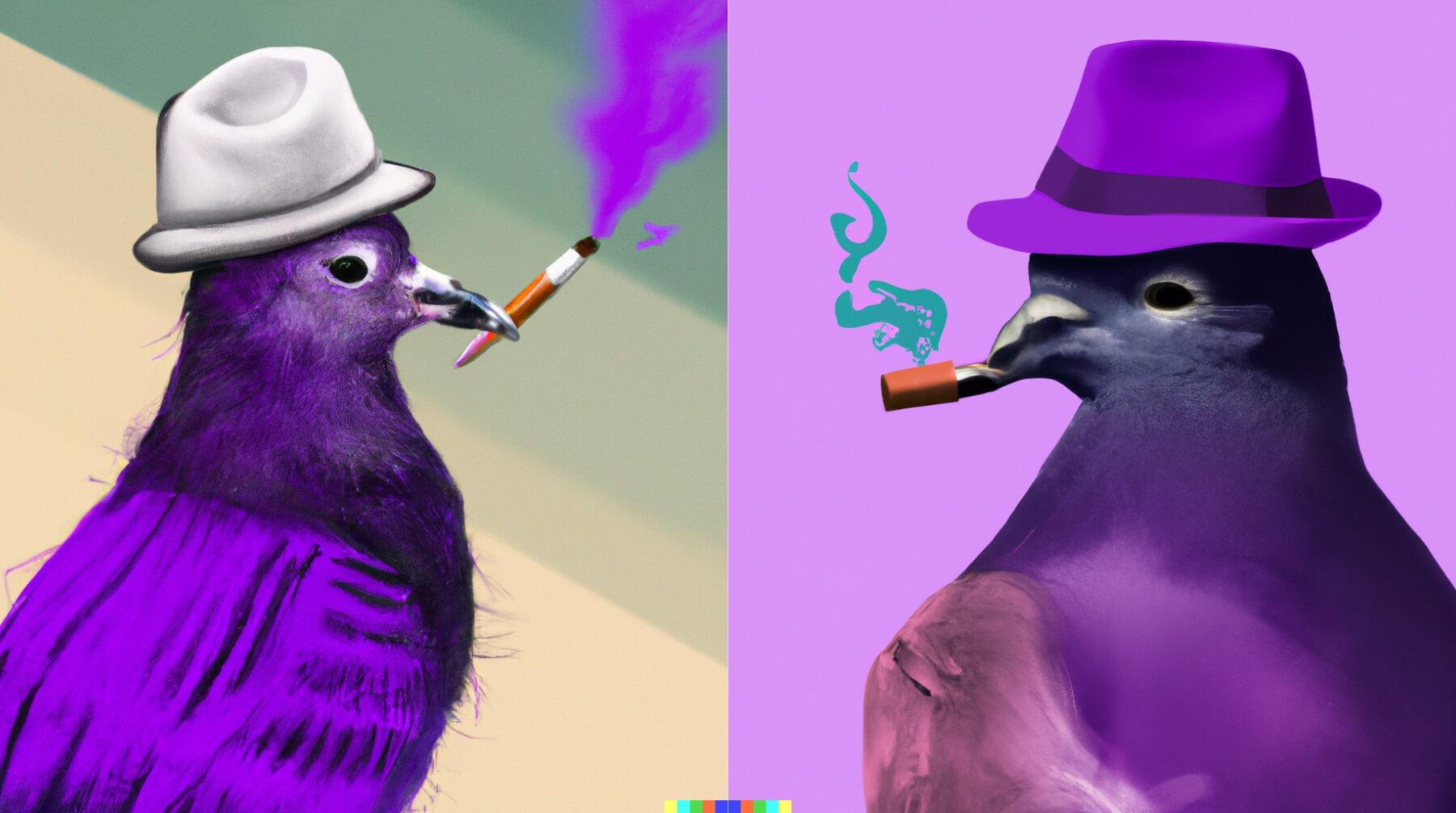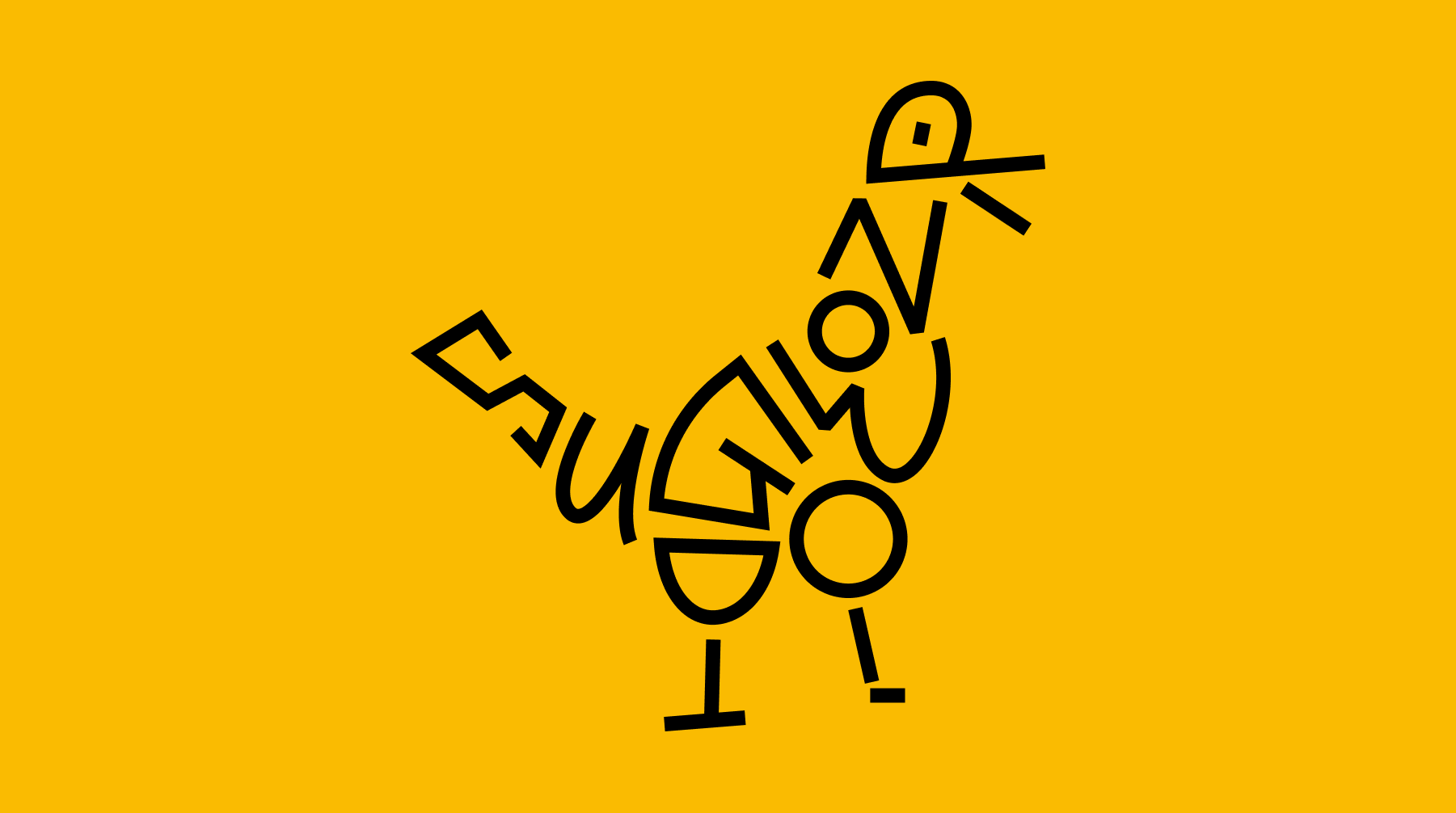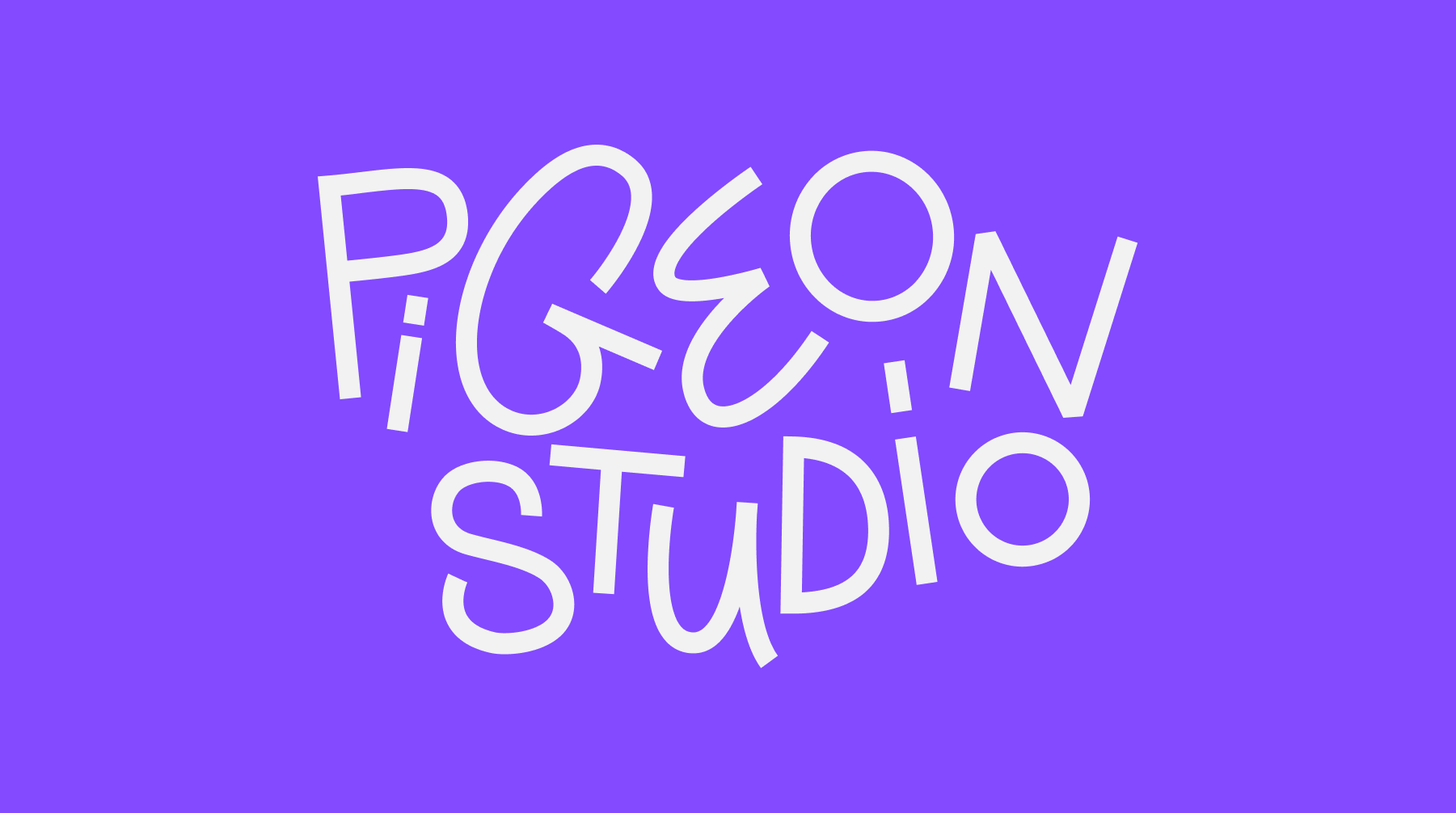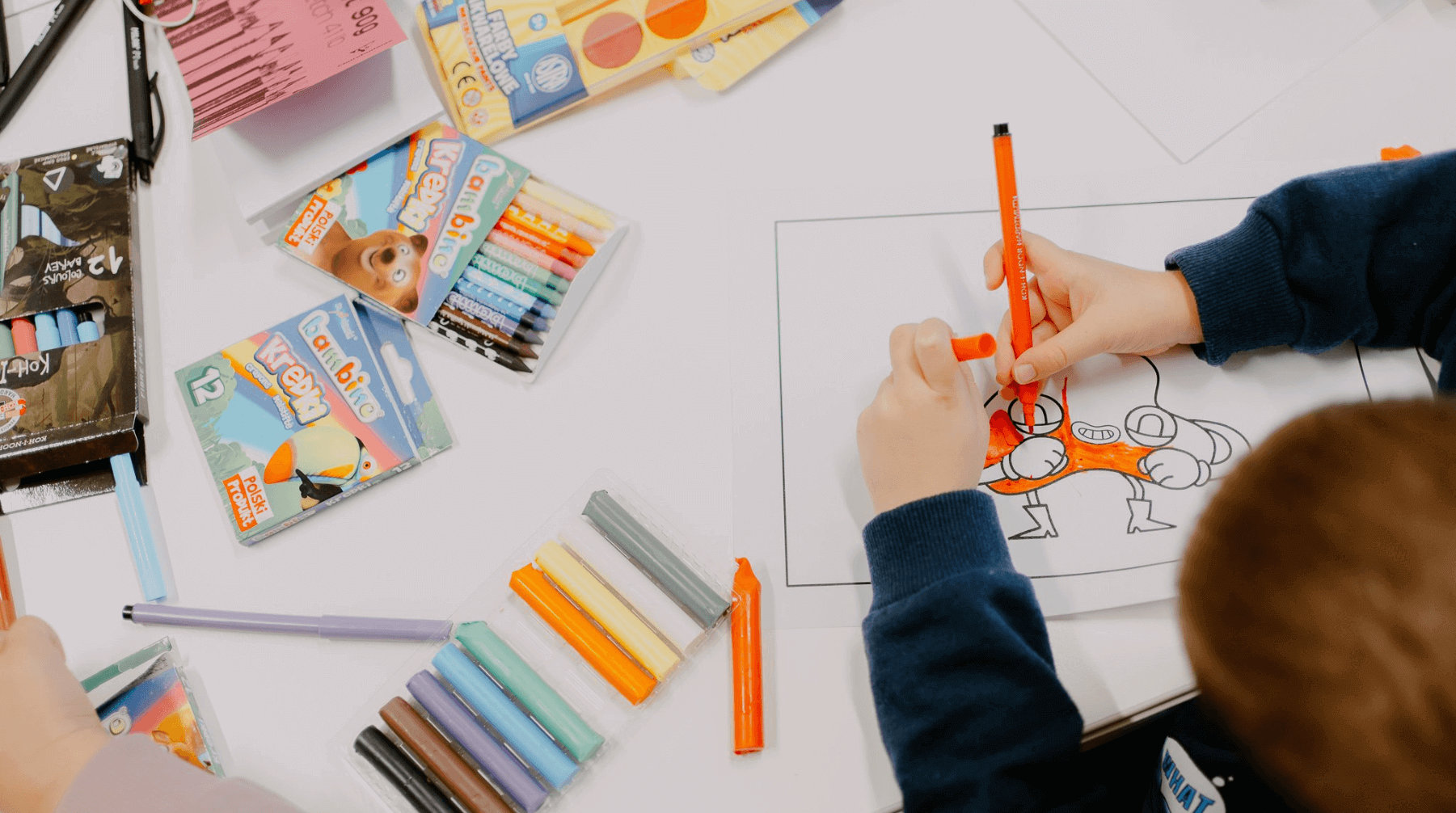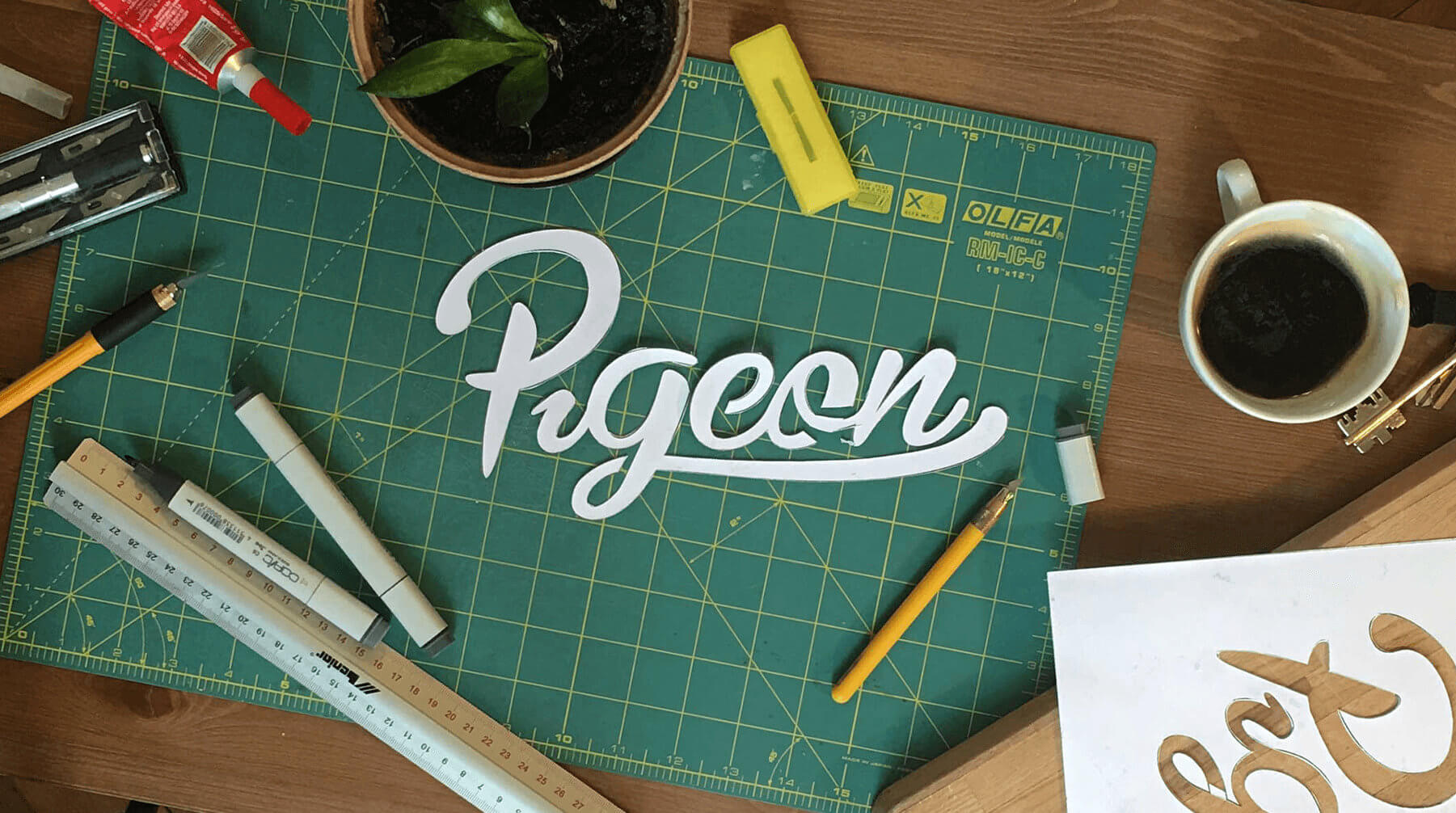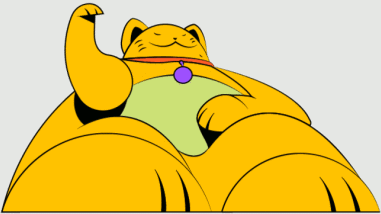Artificial Intelligence Animation: What Is It and How Does It Function?
News and others
Pigeon Studio
14.03.2023
6 MINUTES
Artificial intelligence and machine learning are buzzwords that have been thrown around a lot, and chances are, if you've been keeping up with the animation world for some time now, you've heard of AI applications and machine learning algorithms doing something truly extraordinary, experts proclaiming they're revolutionizing the industry, and doomsayers talking about how they'll make humans entirely redundant.
And while it is true that much of this is empty hype, there's substance behind these news stories and proclamations as well. While AI animation had very humble beginnings, nowadays, it can do some truly extraordinary things. In this article, we're going to separate fact from fiction and tell you everything you need to know about artificial intelligence in the world of animation: Its history, its rise to fame, its capabilities, its utilities, and its future prospects. Read on and find out!
AI in Animation Industry: Humble Beginnings
The use of AI in the animation industry has a relatively short history as the technology has only recently become advanced enough to be useful in this field. Early uses of AI in animation focused on automating certain procedural tasks that are easier for the computer to handle, such as generating backgrounds and environments, upscaling, improving textures, etc.
This doesn't mean AI was only relegated to menial tasks, however: This may be shocking, but AI systems were used in movie production as early as the mid-2000s. It began with the development of "Genesis," a system designed by Pixar that used machine learning algorithms to generate 3D models of animals and other creatures. This technology was used in several Pixar films to help create realistic characters, including "Up" and "The Good Dinosaur."
AI in Animation Studios: Significant Advancements
After the initial breakthroughs in the early 2000s, AI gained widespread recognition quickly and came to widespread use in animation studios. This created a virtuous cycle where the successes of AI algorithms lead to more funding for AI projects which lead to even more successes.
Thanks to that, we've seen AI algorithms improve significantly over the years in the animation industry, leading to more sophisticated and realistic results:
- Increased realism: AI algorithms have become better at generating realistic facial expressions, body language, and other characteristics for animated characters. This has led to more lifelike and nuanced performances for characters in animated commercials, films, and TV shows.
- Improved character design: AI algorithms have become better at generating and designing new characters for animated productions. This has led to a wider range of unique and visually appealing characters as new technology opened up a whole new world of possibilities.
- AI motion capture: With the introduction of AI motion capture, animators have obtained a powerful tool that has the potential to greatly improve the realism and believability of animated characters and their movements. By capturing and analyzing human movement in real-time, AI motion capture allows animators to create more lifelike and nuanced performances for their characters, resulting in more immersive and engaging animations.
- Enhanced backgrounds and environments: AI algorithms have become better at generating realistic landscapes, buildings, and other background elements for animated scenes. This has led to more immersive and visually appealing animated environments. Creating backgrounds is a lot less of a time-consuming tedious task nowadays thanks to AI.
Overall, the recent improvements in AI algorithms have led to more realistic and visually appealing animated content, and this trend has only accelerated in recent years due to improvements in machine learning and big data, which help make AI animation algorithms far more accurate.
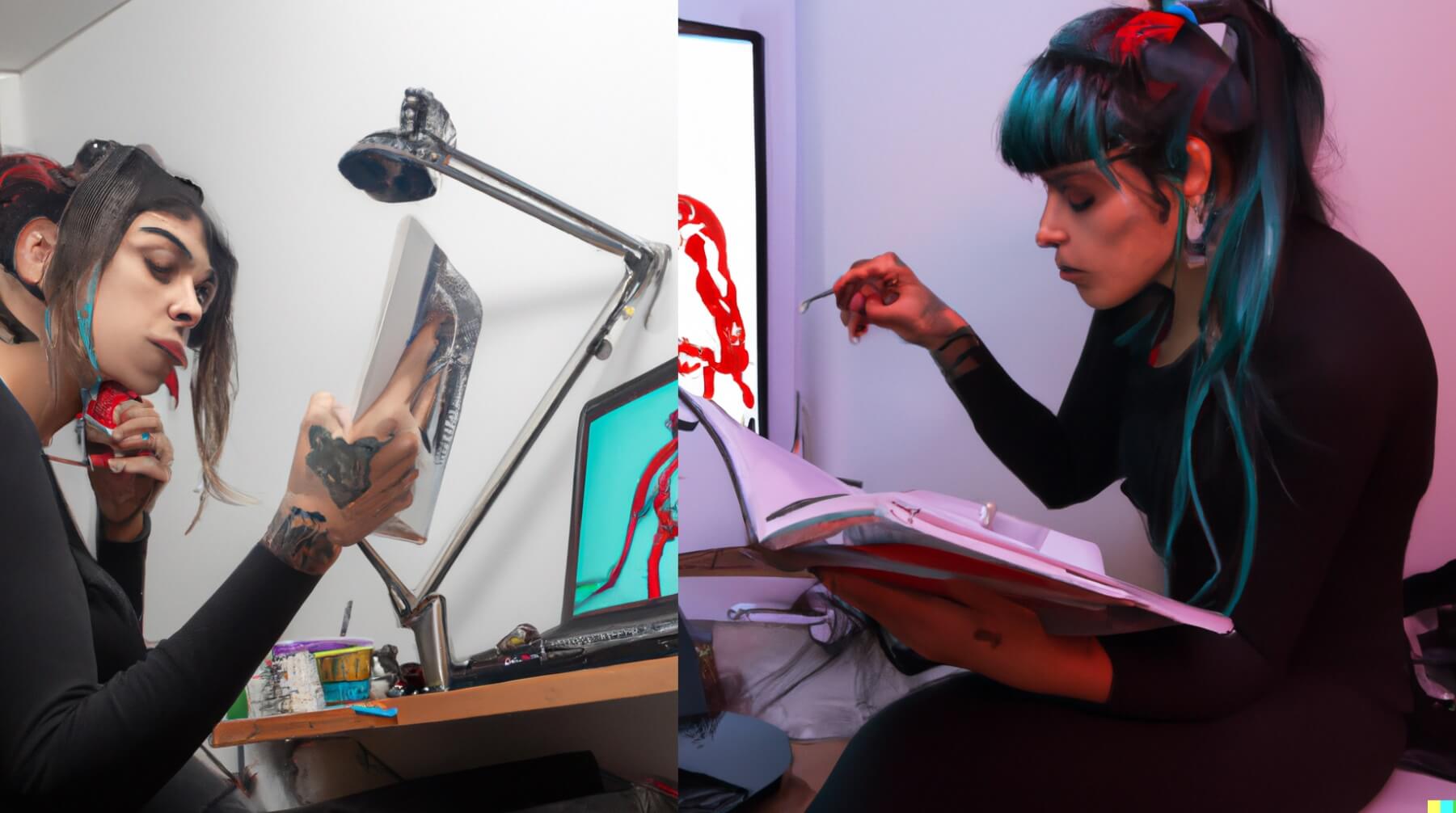
Advantages of Using Artificial Intelligence in the Animation Process
Nowadays, AI has become a permanent fixture in the animation industry and is an integral part of many animation production chains. By leveraging AI, you're getting some indispensable advantages:
- Increased efficiency and productivity: One of the primary advantages of using AI is that it can automate and streamline various time-consuming tasks in the production process, allowing animators to be more efficient and productive in their work. For example, AI algorithms can be used to generate textures, touch-up models, upscale assets, or plan out scene layouts and camera movements, freeing up animators to focus on more critical aspects of their work.
- Cost savings: By automating various tasks in the animation process, AI can help studios save money on labour costs and reduce the overall cost of producing animated content. This can make it more financially feasible for studios to produce high-quality animated content.
- Visual effects: AI can be used in the field of visual effects (VFX) to automate and streamline various tasks as well as to create more realistic and lifelike visual effects. High-quality visual effects are critical for animated and live-action films, commercials, and documentaries. So, whether you're creating a live-action sequence or animated content, you can leverage AI algorithms for better visual effects.
Future of AI Animation
It is difficult to predict exactly how the use of AI in the animation industry will evolve in the future, but if current trends hold, we should continue expecting AI to take a bigger role in all aspects of animation production.
Although it is impossible to predict the future, especially with cutting-edge technologies like ML, these are some of the likely developments we should expect from AI heading into the future!
- Continued improvements in realism: It is likely that AI algorithms will continue to become more sophisticated, and instead of just refining existing models and building on what's already there, to generate more realistic and lifelike facial expressions, body language, and other aspects of character animation. This could result in more immersive and engaging animated content, especially if the algorithms managed to do it in real time.
- Greater use of AI in the animation process: As AI algorithms become more sophisticated and widely available, it is likely that they will be used for an even wider range of tasks in the animation process. This could include tasks such as scene layout, character design, and even generating entire models from scratch. Although this technology is still in its infancy right now, there have been some promising results from generative models.
- Personalized Content: Another area where AI is likely to play a role in the future of the animation industry is in the creation of personalized content. AI algorithms can be used to generate customized animated content based on individual preferences and interests, potentially allowing for a more personalized viewing experience for audiences. This is the most unrealistic prediction on our list, but if it becomes reality, the ability to create a bespoke animated sequence will completely transform the industry.
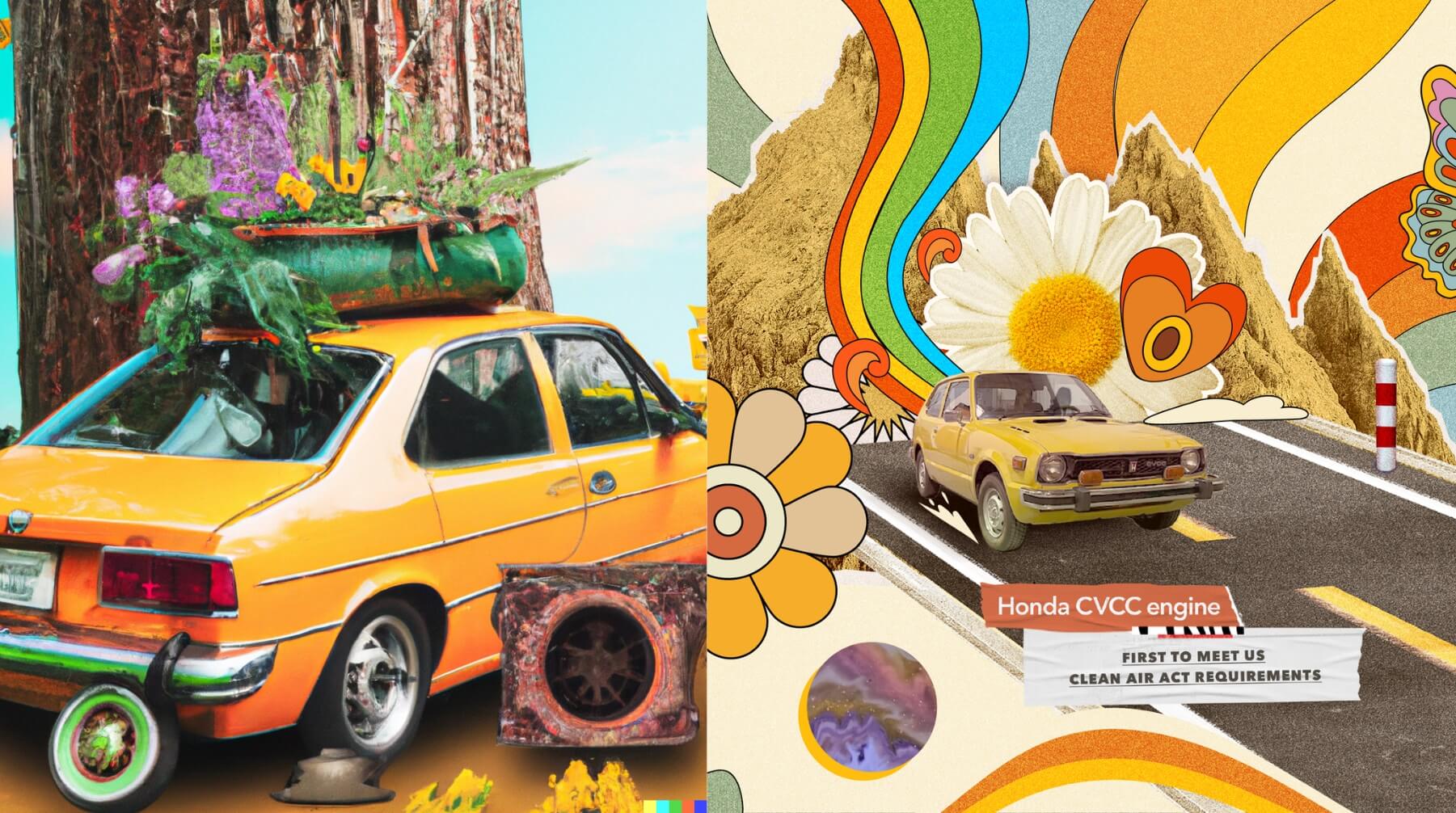
AI Animation FAQ
Can AI Be Used in Animation?
Yes, in fact, AI is already being used in the animation industry for tasks such as generating facial expressions and body language for characters, planning out scene layouts and camera movements, and generating backgrounds and environments. Some algorithms are even capable of generating entire animated scenes, although the quality is still quite poor.
How Can AI Help in Animations?
Increasingly, AI and machine learning are becoming potent parts of animation production. AI can be used in the animation process to automate and streamline tasks such as generating backgrounds and environments, simulating facial expressions and body language for characters, designing characters, and helping to plan out scene layouts and camera movements. AI has the potential to greatly improve and speed up the process allowing animators to focus on more creative aspects of their work.
Will AI Replace Animators?
Although it is possible that AI could automate certain key tasks in the animation process, it is unlikely that it will completely replace animators. While algorithms can be used to assist with certain procedural aspects of animation, such as generating backgrounds and textures, they cannot fully replicate or replace all the creative and artistic work that goes into the creation of the simplest of animations. Animators bring unique skills and artistic vision to the animation process, and it is unlikely that AI will be able to fully replace them anytime in the near future.
Through motion, we translate brands, products, and ideas into captivating and impactful content.
Enter your email address:
